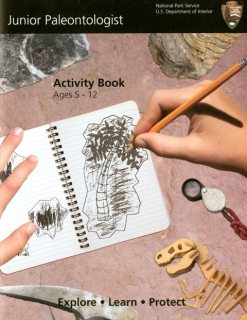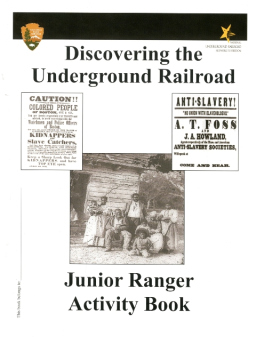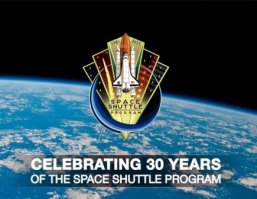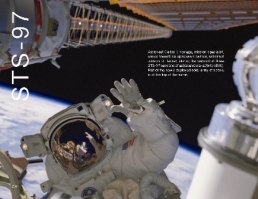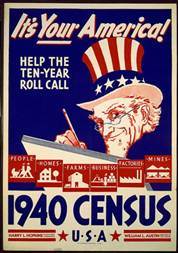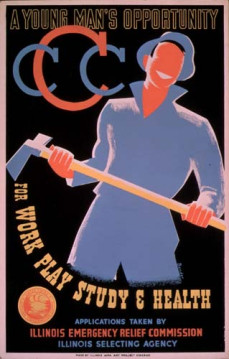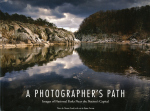Shock and awe were the terms that came to mind when these three wall calendars / event planners came across my desk this week.
Shock came from the “I didn’t know that!?” response to the fascinating facts and awe as in “How did they take such awe-inspiring photos”? And the final “Awww” as in “Awww, shucks!” because there are only limited quantities available (under 100 each), so if you don’t act immediately, they’ll be gone! In fact, our supply of the National Park’s Service famous National Historic Landmarks calendar last year sold out in a few hours, and we expect this year to be more of the same.
In spite of our now digital world, wall calendars are still useful as a quick visual reference for you, your family or even your team at the office. And with these particular calendars on your wall this year, you will also be inspired to see the beauty in nature both far and near. As Anne Frank said, “Think of all the beauty still left around you and be happy.”
Let’s take a peek at these three terrific calendars…
The National Historic Landmark 2013 Event Planner Calendar
Each fall, the National Park Service (NPS) holds a public photo contest to choose “fantastic photographs that illustrate the significance of any of the over 2,500 National Historic Landmarks, our nation’s most significant treasures.” They select one image from each of the 13 National Park Service regions to be included in their annual calendar, with the winning photograph gracing the cover. (There is a separate photo contest for National Natural Landmarks as well.)
What is a U.S. National Historic Landmark, you ask? It may be “a historic building, site, structure, object, or district,” but it must be a “nationally significant historic place” that possesses “exceptional value or quality in illustrating or interpreting the heritage of the United States” as designated by the U.S. Secretary of the Interior.
The goal of their annual National Historic Landmark Photo Contest, says NPS:
“…is to encourage people to discover and explore landmark sites across the country and be inspired by our past. Based on this year’s pool of exceptional photographs, connections were made…Perhaps this year’s winning entries will spark the urge to explore the country’s vast array of more than 2,500 National Historic Landmarks, to seek out the stories that connect our rich history, and share your own views in next year’s contest.”
This 13-month wall calendar / event planner runs from January 2013 through January 2014 and features the winning photographs from the National Park Service’s Thirteenth Annual National Historic Landmarks (NHL) Photo Contest in 2012.
Different this year is the inclusion of bonus contest submission photos on each calendar page, giving even more eye candy every month for us lucky few who have the calendar.
Image: Front of the 2013 NHL calendar shows some of the winning public photos. Listed from top down, left to right:
- This year’s winning image of Saugus Iron Works National Historic Site in Saugus, Massachusetts, takes us back in time to the early industry of the 17th century, represented by scenic waterwheels and forge. Here, European iron makers brought their much-needed skills to a young Massachusetts colony (Photo by Don Woods).
- One of the “bonus” photos is of Hay House staircase in Macon, Georgia (Photo by Andrew Wood).
- Holy Assumption Orthodox Church, Alaska, dates from the 1890s (Photo by Dawn Wilson).
- Charleston Market Hall and Sheds, South Carolina, is one of the last surviving 19th century American market complexes (Photo by Steven Hyatt).
- Stanton Hall, Mississippi, represents Natchez’s wealth and opulence on the eve of the Civil War (Photo by Mike Talplacido).
- Pike’s Peak, Colorado, a National Historic Landmark, seen from Garden of the Gods, a National Natural Landmark (Photo by Dawn Wilson).
- Nevada Northern Railway, East Ely Yards, Nevada, is the best-preserved, least-altered, and most complete main yard complex remaining from the steam railroad era (Photo by Jen Dalley).
- Schooner Alma (NPS), California, built in 1891, is the only survivor of a once-typical American vessel (Photo by John Conway).
Image: One of the 2012 National Historic Landmark Photo Contest Honorable Mentions in this year’s calendar. Depicts Bodie Historic District, a genuine California gold-mining ghost town from the late 1800′s that was abandoned in the mid-1900′s. Bodie State Historic Park is located in the Bodie Hills east of the Sierra Nevada mountain range in Mono County, California, approximately 75 miles (120 km) southeast of Lake Tahoe (Photo by Joe Wenninger).
NASA Science 2013 Event Planner / Wall Calendar
For this second wall calendar we leave the confines of earth and reach for the stars with the NASA Science 2013: Changing the Way We View the Earth, Our Sun, and the Universe wall calendar.
It features a vast array of rare or never-before-seen phenomena as seen from NASA space photography in stunning full color.
In addition to showing U.S. national holidays, the calendar also includes all the moon phases, a nice touch!
Image: Back of calendar shows insets of the monthly features, including:
- a Deep Space Dragonfish nebula;
- a massive cloud hole over Australia;
- probing the edge of our atmosphere and jet streams;
- an untouched crater on the Moon as a potential lunar settlement site;
- a supernova stellar explosion;
- blackouts in the East Coast from “derecho” thunderstorms;
- Astronauts’ view of the Southern Lights that shifted unexpectedly;
- NASA’s Curiosity rover lands safely on Mars;
- tracking the fastest moving pulsar ever seen in space;
- following the “greening” of the desert as Saudi Arabians tap ancient underground Ice Age water reserves;
- rare “transit” of Venus passing in front of the sun; and
- mapping impact craters on the planet Mercury.
Source: NASA / Jet Propulsion Laboratory-CalTech.
Space nuts (and “Big Bang Theory” fans) will be thrilled with this large calendar and its fascinating facts and stunning photos about space exploration and space-based science.
U.S. Geological Survey 2013 Event Planner/ Wall Calendar
This year’s U.S. Geological Survey’s calendar gives an eye-catching glimpse into the many facets of USGS and describes how their science is an integral part of decision-making in the U.S. and around the world. This calendar provides a dramatic glimpse at the changing world around us and how U.S. scientists are responding to these changes.
For each month, descriptions of the various USGS service areas are shown along with dramatic full-color photographs or graphics giving timely examples, such as USGS work in: assessing invasive species like the high-leaping Asian carp; studying the effects of hydraulic fracturing or “fracking” on the environment; remote sensing to find precious metals in Afghanistan; tracking flooding such as happened in North Dakota; and mapping earthquakes.
Image: The East Coast portion of the USGS National Seismic Hazard map showing all earthquakes of 3.0 magnitude or greater that have been detected since 1974. Certainly those of us in the Washington area felt it keenly when the 5.8 magnitude quake based in Mineral, Virginia, hit on August 23, 2011. Coincidentally, another quake occurred yesterday in the same spot… yikes! Luckily, it was only a 2.0.
This calendar is ideal for anyone interested in natural disasters and earth science, and stumping your friends with interesting science facts!
To learn more about the USGS, you may want to read our earlier blog post, US Geological Survey and the Science of Hurricanes.
How can I buy these wall calendars?
- Buy them online 24/7 at GPO’s Online Bookstore:
- Buy them at GPO’s retail bookstore at 710 North Capitol Street NW, Washington, DC 20401, open Monday–Friday, 9 a.m. to 4 p.m., except Federal holidays, (202) 512-0132.
About the Author: Michele Bartram is Ecommerce and Promotions Manager for GPO’s Publication and Information Sales Division in Washington, DC, and is responsible for online and offline marketing of the US Government Online Bookstore (http://bookstore.gpo.gov) and promoting Federal government content to the public.
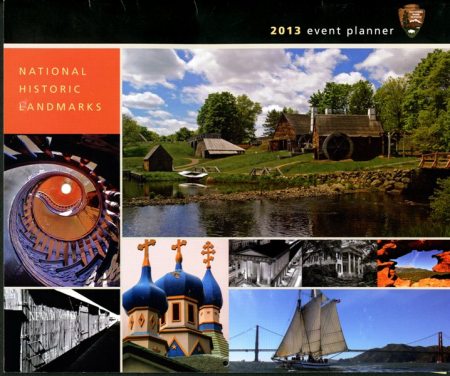
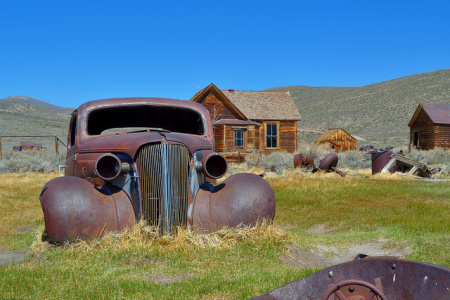

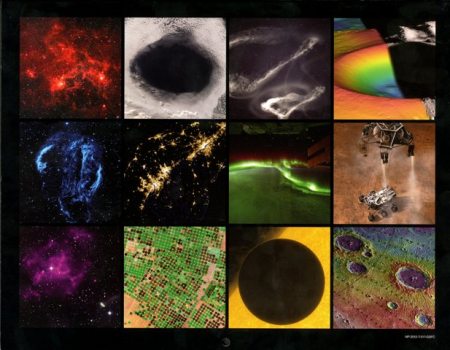
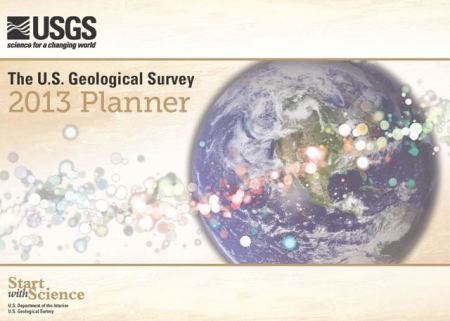




 Posted by GPOBookstore
Posted by GPOBookstore 